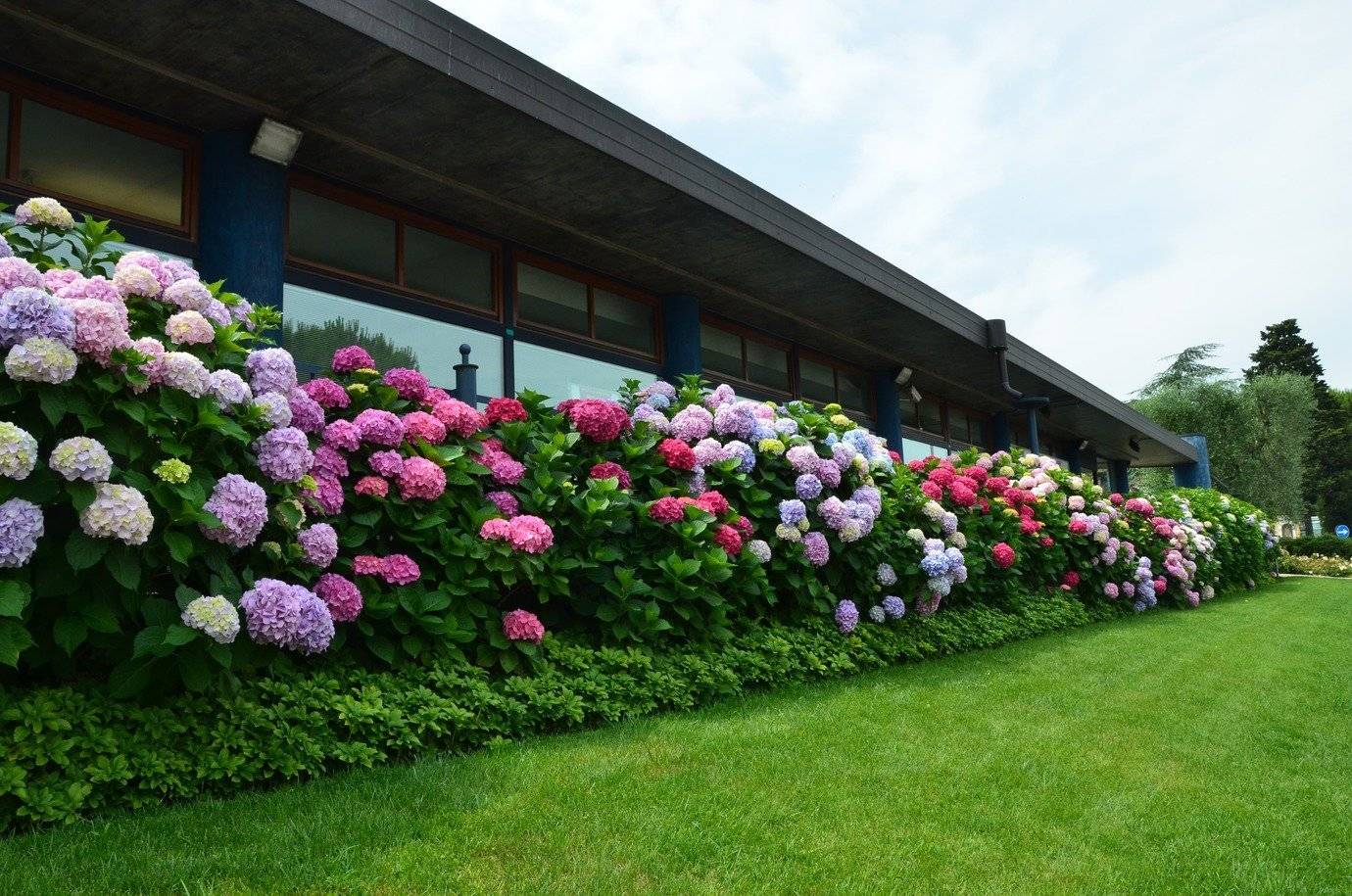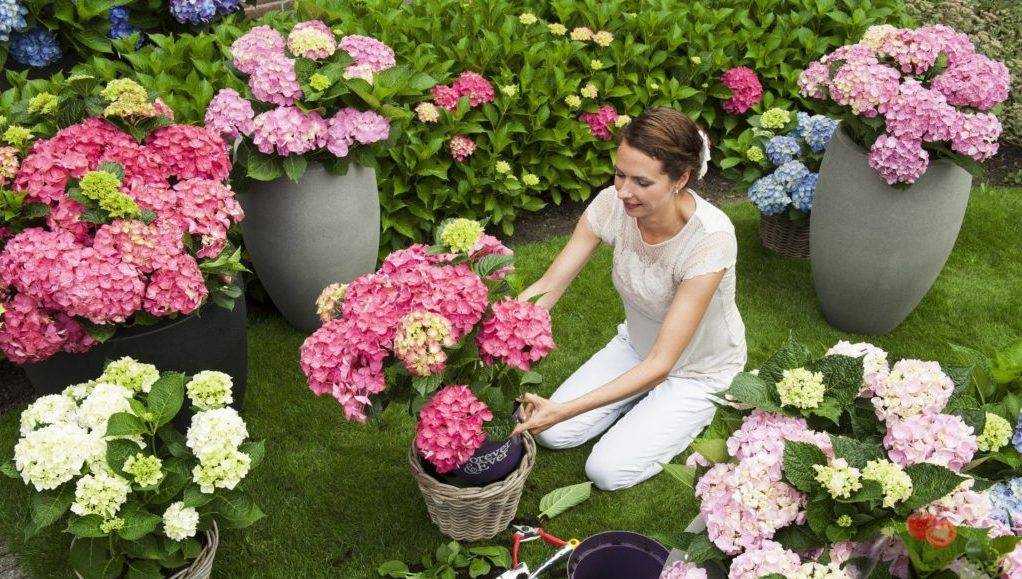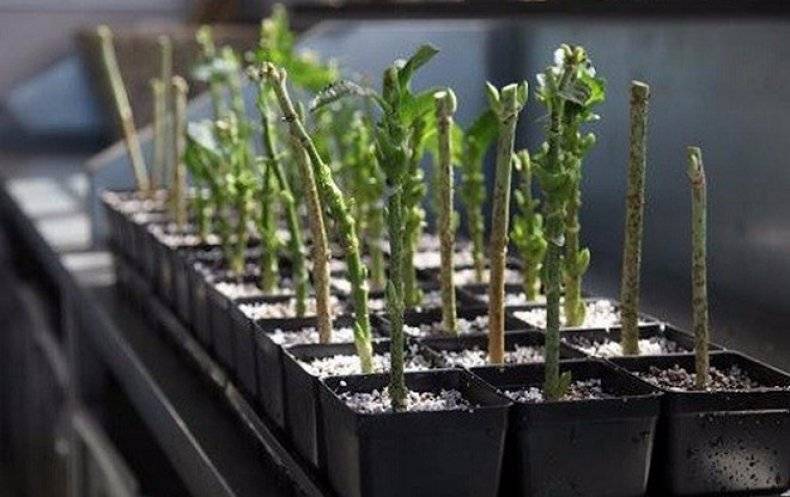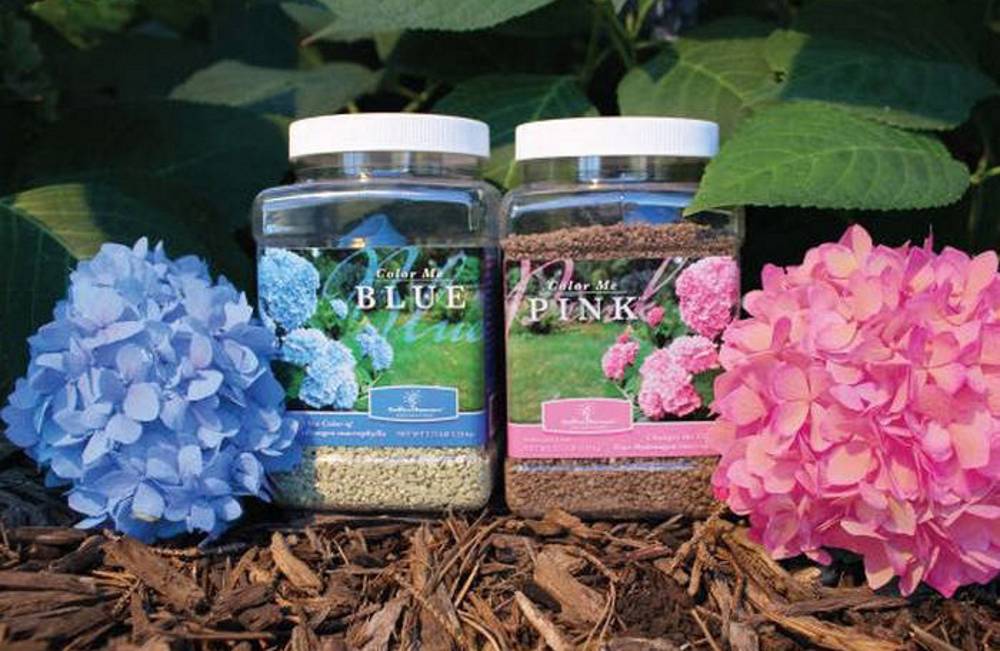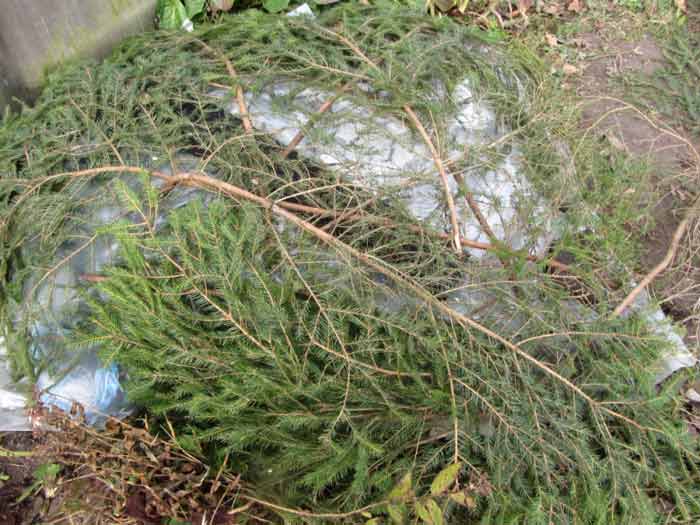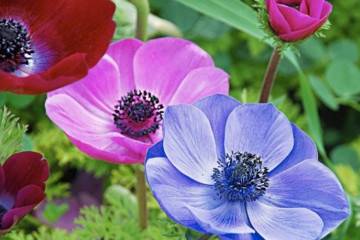Hydrangea Pink Annabelle - description of the variety and its cultivation in the open field
Content:
The moderately cool climate is good for growing tree hydrangeas, the most popular of which is Pink Annabelle. This is a rather unpretentious bushy plant, topped with large lush inflorescences. About the characteristic features of pink hydrangea and the method of its cultivation further in the article.
Description of Pink Annabelle hydrangea
The Pink Annabelle hydrangea tree is one of the varieties of the popular Annabelle variety. However, if its characteristic feature is white balls of inflorescences, then Pink Annabelle flowers are pink in color ("Pink" means "pink" in English).
Hydrangea Annabelle Pink is a tall, about one and a half meter, spreading and powerful flowering shrub. Its branches are so strong that they do not break under the weight of large inflorescences. This allows the hydrangea to maintain its neat, compact shape at all times.
Pink Annabelle's leaves, like other flowering shrubs of this species, such as Invincibelle Spirit, are oval and slightly serrated. In the warm season, they have a pronounced green color, but by the end of summer they become dull, turn yellow, and then fall off.
Hydrangea Anabel Pink has large and lush inflorescences, reaching sizes of 30–40 cm. A characteristic feature of flowers is their ability to change shade: if at the very beginning the buds are dark pink in color, then over time it becomes lighter and brighter.
The flowering time of the Pink Annabelle hydrangea is quite long - all summer.
Hydrangea Anabel pink grows rapidly, increasing in the crown by about 15–20 cm over the year.
Pink Annabelle looks good in both group and solo plantings. The best neighbors for hydrangeas are clematis, roses, lilies. Flowering bushes are often used as hedges.
Landing in open ground
Spring and autumn are considered ideal times to plant Annabelle Pink hydrangeas. In the first case, young specimens are used as seedlings, on which the buds have already formed, but have not yet blossomed, and are planted in autumn - with buds.
Planting consists of several stages.
Seat selection
In order for the Pink Annabelle hydrangea to delight with its beauty and splendor every summer, it is necessary to choose the right place for its placement. A flowering bush does not like shade, but direct sunlight is also harmful for it. For this reason, an area with good but diffused lighting is ideal.
It is undesirable to place hydrangea next to large trees and shrubs. Firstly, they will create shade for the whole day, and secondly, they will take most of the moisture from the soil.And since Annabelle loves water, it will be worse to grow and bloom next to plants that absorb it.
Hydrangea does not like drafts, so it does not hurt to protect the garden plot on the one hand with a fence, wall or some other natural or artificial fence.
Soil for a flower
For planting Pink Annabelle hydrangea tree-like, it is better to choose loose acidified fertile soil. A site with loamy soil that can retain moisture well is suitable. Its fertility can be improved with humus, and acidity with peat.
Landing algorithm
The first thing to take care of before planting Pink Annabelle hydrangea is the choice of planting material.
Healthy seedlings:
- do not have traces of mold and rot on the root system;
- do not have mechanical damage to the bark and root system;
- have wet roots;
- have a well-developed root system.
Description of the order of planting hydrangeas:
- Dig a hole, the width and depth of which depend on the size of the planting material: about 30 × 30 cm for one- or two-year-old seedlings and 50 × 50 cm for three- or four-year-old. Since the pit will have to be filled with useful components, it makes sense to make it about 10–20 cm larger.
- Prepare a dressing for the pit: mix one part of high sour peat and compost, 25 g of potassium sulfate, 60 g of superphosphate and 15 g of urea.
- Water the hole with plenty of water two hours before planting.
- Place the seedling pre-treated with potassium permanganate solution in the center of the pit, straighten the roots.
- Cover with a mixture of soil and peat, distributing it in such a way that there are no voids left between the roots. In this case, the root collar should be located above the soil surface.
- Carefully compact the soil around the seedling.
- Water the hydrangea liberally. Pour two buckets of water under each bush.
- If you want to plant several bushes, the distance between the holes should be at least two to three meters.
Reproduction methods
There are several breeding methods for tree hydrangea.
Cuttings
A cut is a segment of a plant shoot with a length of about 20 cm, which has two or three pairs of buds. They cut it off (at an acute angle) in early spring, until the buds have blossomed, and then put it in water until the roots appear or immediately plant it in a container with special soil for flowering plants. Annabelle pink hydrangea is transplanted to a permanent place in a year.
Layers
In early spring, during the formation of buds, one of the lower shoots is added dropwise and watered. After one year, the allotted shoot will take root, and it can be separated from the mother bush.
By dividing the bush
This is a rather risky way of propagation of hydrangeas, which is the separation of a part of the root along with a young shoot. In the event of a careless procedure, damage to the mother bush is possible, which will cause it to hurt or die.
Pink Annabelle Care
For normal development, as well as intensive flowering of hydrangea, it should be provided with proper care.
Watering features
Hydrangea tree-like Pink Annabelle loves moisture, so you will have to water the flower often and abundantly. The bush can withstand drought for some time, but this does not reflect in the best way on the condition of its flowers and leaves.
On average, in the summer, hydrangea is watered once every 7 days, and in hot weather - twice.
Top dressing and fertilization
During the growing season, hydrangeas need additional nutrients, so the plant will have to be fed. For this purpose, both organic and mineral fertilizers are used. The ideal option is ready-made complexes for flowering plants.
In August, it is no longer necessary to feed the bush.
Pruning a tree hydrangea
Pink Annabelle grows rapidly and therefore requires regular formative pruning every year. Up to three years, this process is the removal of branches that spoil the appearance of the bush.
Hydrangea also needs sanitization, which is the removal of affected branches.
The plant should be pruned in the spring before the start of sap flow, or in the fall at the end of the flowering period.
Protection against diseases and pests
Pink hydrangea is a rather unpretentious plant, therefore, with proper care, it rarely gets sick. The culprit of trouble is most often a spider mite, which can be eliminated by treating the bush with a special insecticidal preparation.
Preparing for winter
An adult plant is distinguished by good frost resistance, therefore, in regions with a warm climate, there is no special need for its winter shelter, but in cooler regions it is necessary to close the hydrangea. A young plant needs protection from the winter cold in all regions of Russia.
Before covering the bush, you should clean it of dry leaves and damaged branches. After that, in the root zone, the plants mulch the soil with sawdust, and the bush itself is covered with spruce branches.
Hydrangea Pink Annabelle, the cultivation process of which is not particularly difficult, can become a decoration of any garden, regardless of its location. The main thing is to choose the right place for growing it and provide the plant with proper care.
